Self-medication over 50,000 years ago
Wednesday, March 29, 2023

The science journal Nature published a study co-authored by Lalueza-Fox that suggests the extinct human species the Neanderthal had developed its own medicine cabinet to cope with pain and disease.
This is what emerges from an analysis of calcified dental plaque from two individuals who once lived in the northern Spanish cave of El Sidrón in Asturias.
“Evidence for self-medication was detected in an El Sidrón Neanderthal with a dental abscess and a chronic gastrointestinal pathogen,” reads the study abstract.
Ancient DNA from this individual’s dental plaque suggests that he chewed poplar bark, which is a natural source of salicylic acid, the analgesic ingredient in aspirin. “This bark has no nutritional value, so why would he chew it if not to relieve the pain?” wondered Lalueza-Fox who works at the Evolutionary Biology Institute in Barcelona, at a presentation of the study.
The Neanderthal also consumed Penicillium, a fungus with antibiotic properties. These results back the findings of an earlier 2012 study, which concluded that the Neanderthals of El Sidrón used plants like chamomile, which helps with digestion, and Achillea, which has anti-inflammatory properties.
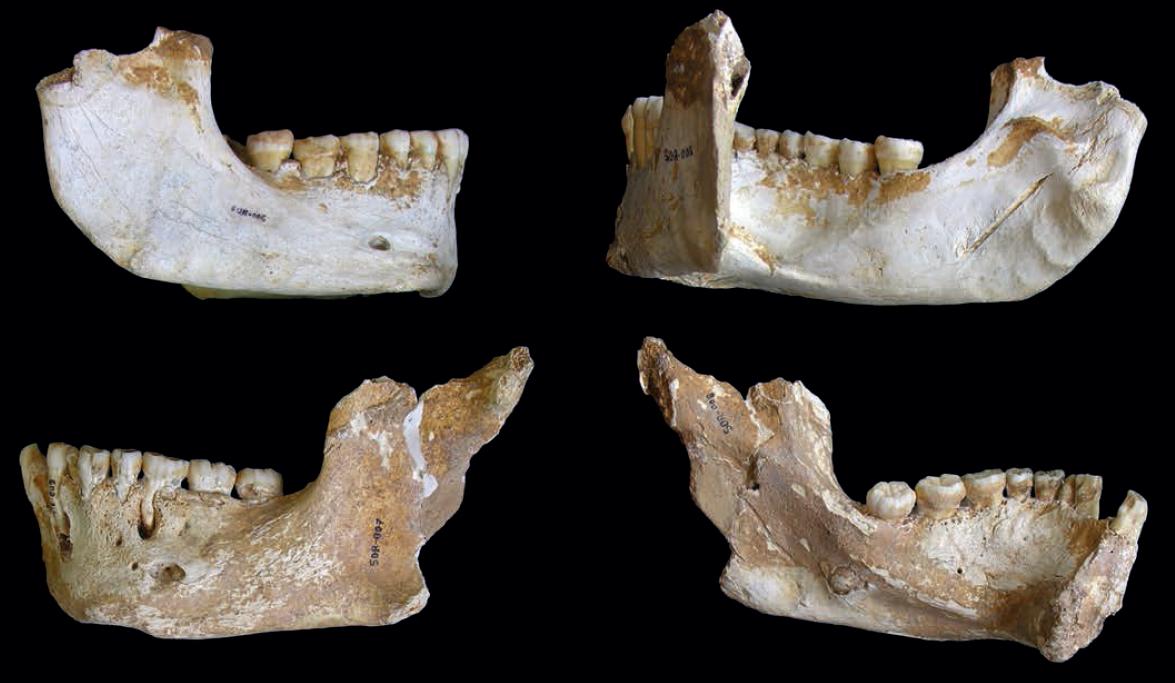
The British prehistorian Karen Hardy, of Barcelona’s Autonomous University, signed both papers. “All of the world’s animals self-medicate. Dogs, for instance, eat grass to induce vomiting. To me, the surprising thing would be for Neanderthals not to self-medicate,” she said.
Recent research has dispelled the cartoonish notion of Neanderthals as subhuman creatures. Members of the species adorned themselves with showy feathers, possessed praiseworthy technology, used fire to cook, buried their dead and had sex with modern humans over 100,000 years ago.
According to hardy The Neanderthals were intelligent, and they possessed an ecological knowledge that we have lost. María Martinón Torres, a paleoanthropologist at London University College, notes how the study shows that Belgian Neanderthals had a meat-based diet, while the Spanish ones were more vegetarian. A diversity that portrays the Neanderthals as a flexible species, able to exploit different resources depending on circumstance and availability.
This researcher is aware however that a British anthropologist named Chris Stringer came up with an alternative theory in 2013: that these non-food plants were found in Neanderthal dental records due to their own consumption of herbivore stomach contents. But Martinón Torres notes that the indications of salicylic acid and natural antibiotic consumption only show up in a Neanderthal with a painful dental abscess, which as far as she is concerned, seems like more than just a happy coincidence.
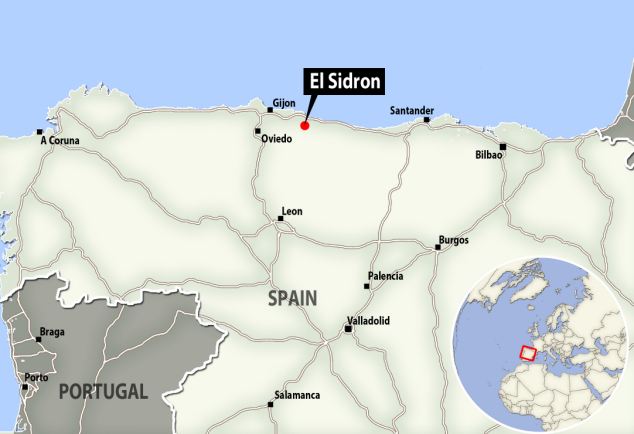
The cave of El Sidrón, in the northern Spanish region of Asturias, was discovered in 1994 and excavation has been going on since 2000. Since then, it has produced a treasure trove of 2,500 bone remains from at least 13 Neanderthal individuals, both male and female. Around 49,000 years ago, in what appears to be an act of survival cannibalism.
Professor Lalueza-Fox told a meeting of the Royal Society in London that they appeared to have been killed and eaten, with their bones and skulls split open to extract the marrow, tongue and brains. The victims included three female and three male adults, three boys aged 12-15 and three children aged from two to nine years. All had been butchered. It must have been a big feast. We think Neanderthal groups were about 10-12 strong so this may have been a complete family group, although someone may have got away.
Neanderthals lived in Europe from about 240,000 to 30,000 years ago so their remains at most sites range over many millennia. Unusually, the El Sidron find captured a single deadly event one day around 49,000 BC – thousands of years before the first modern humans arrived in Europe. The remains were all buried in a room-sized gallery 250 yards from the entrance but were likely washed into the chamber from above.
Professor Lalueza-Fox said: “We think the victims were killed in a rock shelter above where their bones were found. They were killed and their bones stripped of meat and dumped. Then shortly after they were killed, a powerful storm came along and washed the bones, stone tools and sediments down a chimney and into the little gallery where we found them. Those sediments sealed the chimney and the gallery, so the bones sat there for 51,000 years till they were found again.”
The bones were remarkably well-preserved and their DNA virtually uncontaminated, allowing Professor Lalueza-Fox and his team to sequence Neanderthal genes governing features like hair colour, blood group and taste perception.
The El Sidron find is not the first evidence of cannibalism among Neanderthals, which may be one of the reasons why they were ultimately less successful than modern humans. Professor Lalueza-Fox explained: “Neanderthals had small social networks, which made them less able to co-operate with others in times of trouble. Perhaps that made them prone to eating each other when times got hard.”
 1
Like
Published at 10:44 PM Comments (0)
1
Like
Published at 10:44 PM Comments (0)
Castillo de Javier - The Birthplace of Saint Francis Javier
Thursday, March 23, 2023

A silhouette of crenellated towers cuts the horizon, welcoming your arrival at the Castle of Javier, the birthplace of San Francisco Javier (St Francis Xavier), patron saint of Navarre, centre of religious missions and tourism in Spain.
The fortress stands on a rock outcrop 8 kilometres from Sangüesa in the Central region of Navarre. Every year in early March the castle is the destination of thousands of people from all over the community in the popular pilgrimage known as the Javierada.
Cross the drawbridge and enter a world of towers, dungeons, machicolations, embrasures and arrow slits, enabling you to get to know the place where Francis Xavier was born (1506) and lived. He was later the co-founder of the Society of Jesus (Jesuits) and one of the most universal missionaries.
Near the border with Zaragoza (Saragossa) province, at the highest part of the small village of Javier, stands 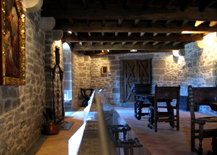 the imposing silhouette of the Castle of Javier, the birthplace of the patron saint of Navarre, San Francisco Javier (St Francis Xavier). the imposing silhouette of the Castle of Javier, the birthplace of the patron saint of Navarre, San Francisco Javier (St Francis Xavier).
The origins of the castle go back to the end of the 10th century when a signal tower was built called la Torre del Homenaje (Tribute Tower). Its strategic location on the border between the kingdoms of Navarre and Aragon reinforced its role as a fortress, and the different sections of the castle were gradually added on.
In 1516, Cardinal Cisneros ordered an attack on the castle and it was partially destroyed, and at the end of the 19th century, the basilica was built next to the castle. Reconstruction work on the castle began in 1952 gave the fortress its original appearance and nowadays it is one of the few castles that conserve its defences and structures such as machicolations and arrow slits.
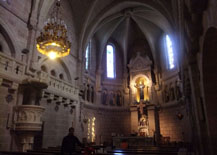 Francisco de Javier was born into a noble family and was the sixth child of Juan de Jasso, an important figure in the kingdom of Navarra, and María de Azpilicueta. He left for Paris at 19 years of age to study in the Sorbonne, where he met Ignatius of Loyola, with whom he was later to found the Society of Jesus (the Jesuits). Francisco de Javier was born into a noble family and was the sixth child of Juan de Jasso, an important figure in the kingdom of Navarra, and María de Azpilicueta. He left for Paris at 19 years of age to study in the Sorbonne, where he met Ignatius of Loyola, with whom he was later to found the Society of Jesus (the Jesuits).
This is where his evangelising zeal emerged, which led him to travel to thousands of cities, towns and villages in Africa and Asia for 11 years until he died of pneumonia on December 3rd 1552 at the age of 46 when he was about to enter the Chinese Empire. Five centuries later, he has left his mark in all the places he visited, and in his native land, Navarre, he is loved, revered and admired.
On the first two weekends of March, a popular pilgrimage known as the Javierada takes place to the Castle of Javier, in which thousands of people from all over Navarre travel great distances on foot to venerate the Saint.
The origin of this tradition goes back to 1886 when the help of St Francis Xavier was invoked to stop the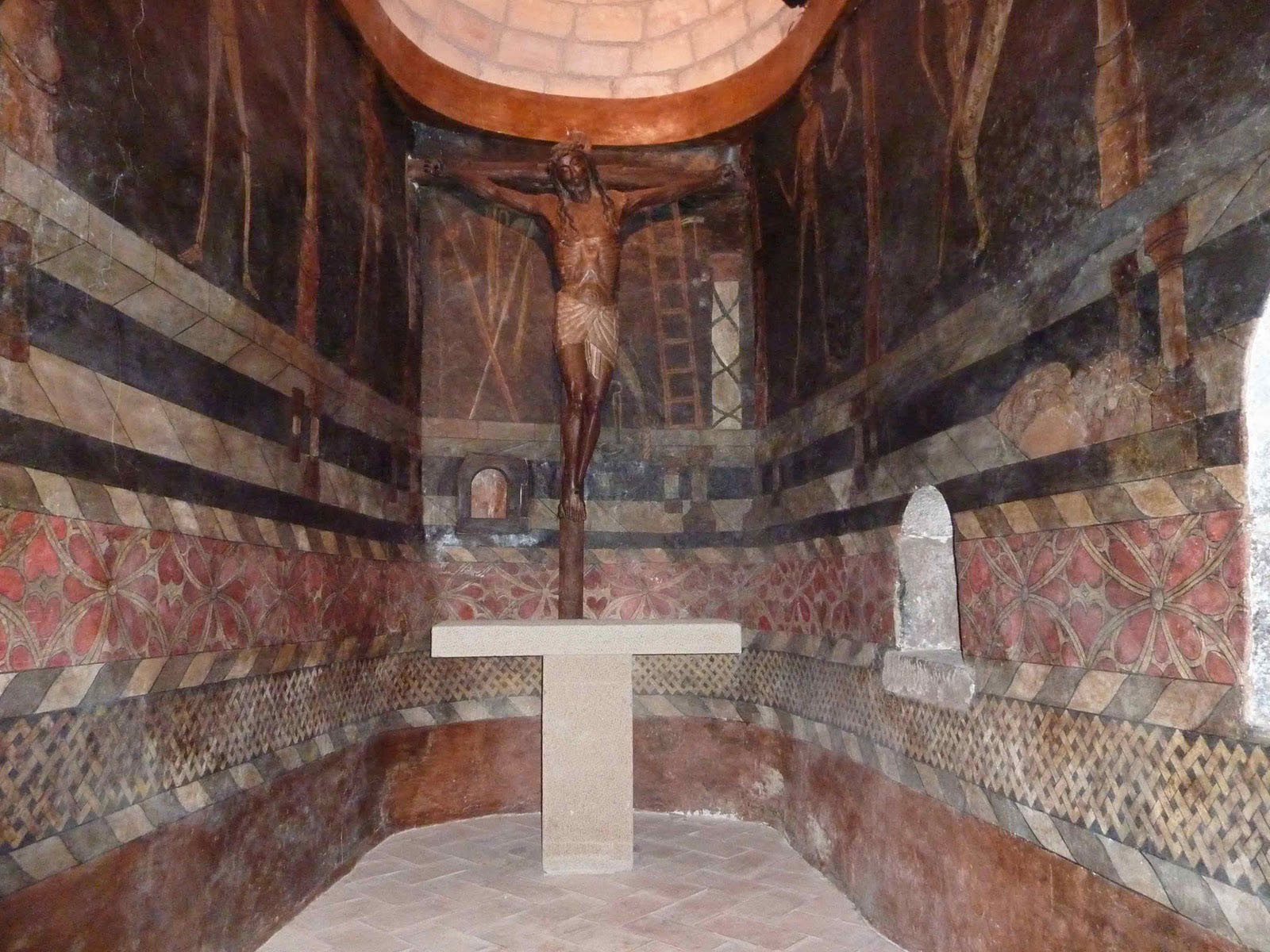 cholera epidemic that was decimating Navarre; in gratitude for the fulfilment of this desire, the people made a promise to make a pilgrimage to Javier. cholera epidemic that was decimating Navarre; in gratitude for the fulfilment of this desire, the people made a promise to make a pilgrimage to Javier.
You start in the entrance hall, going through the main door to the castle, where you can see a stone relief with three shields separated by angels, representing the family coat of arms. You go through the stables and down into the basement, where the bodegas (wine cellars) used to be.
A set of dioramas reveals small details of the saint's life, and from here you pass into the main floor with an exhibition of objects from the old castle, souvenirs of the Saint and a model of the old building. This museum is divided into three sections: 1) history of the building, 2) Javier and Navarra in history, and 3) the art gallery, where the highlight is the Flemish canvases by Maes. Finally, a ramp takes us up to the other rooms in the castle.
You start the visit in the Sala de Escudos, decorated with the coats of arms of Francis Xavier's parents and his family tree. Passing through a stone door you gain access to the Sala Principal or Grande (main room), a place for receiving visitors and where the family spent the most time. Then we go up the steps to the Torre de Undués until we reach the Camino de Ronda (battlements), a protected corridor for the defence of the castle. Stones and boiling oil were often poured over attackers through the machicolation!
Leaving the chaplains' rooms (now an oratory) on the left, you enter the old heart of the castle. There are two rooms here around the Tribute Tower, the oldest construction of its type in Navarre. The room on the right was the bedroom of St Francis Xavier, and on the left is the chapel of San Miguel (St Michael), the first one in the castle. Walk out onto the adjacent terrace, where you will get a sense of the strategic location of the castle, and enjoy the spectacular views: to the north, the Sierra de Leyre, to the west, the flood plain of the river Aragon, to the right, the frontier with Aragon, and to the south, the area known as El Castellar.
You then descend to the bottom of the tower, where a corridor takes us to the Hall of the castle and the Capilla del Santo Cristo (chapel of the Holy Christ). Behind a grille stands the Christ of Javier, an impressive 16th-century Gothic image carved in walnut. According to tradition, the figure sweated blood when the Saint was dying in Sanchuan, an island off the coast of China. It is surrounded by a dramatic mediaeval fresco, the only Gothic representation of the Dance of Death that exists in Spain.
Going down the stairs you come to the inner courtyard/parade ground and you exit through the gate. At your feet are the old steps, and on the left (breaking with the construction style of the castle) is the wall of the Basílica, built in the 19th century on the site of the Palacio Nuevo (New Palace) built by the parents of Francis Xavier, where he was born. The tour ends back at the starting point, the entrance hall.
Once the visit to the castle has ended, do not miss the eclectic Basilica, whose façade contains images from the life of Francis Xavier.
A multi-purpose hall called the 'Aula Francisco de Jasso' has been built for the 5th Centenary of the birth of the saint, with capacity for 1,300 people, and also the 'Georg Schurhammer' exhibition hall, with the personal archives of the greatest biographer of Francis Xavier, specially brought from Rome.
 1
Like
Published at 8:28 PM Comments (0)
1
Like
Published at 8:28 PM Comments (0)
The Best Prawn in the World - Gamba Roja de Denia
Friday, March 17, 2023
Not all prawns were born equal and the most prized of them all is found in Dénia. This beautiful coastal town of the Valencian Community is located in a bay at the foot of the mountain range Montgó. In the very centre of the bay, there is, surrounded by palms, the harbour of Dénia. Despite its importance, it has conserved the ambience of a typical Mediterranean fishing port. From here you can take ferries to the Balearic Islands of Majorca and Menorca, which can be reached in about three and a half hours. Near the port, there is an area called "Baix la Mar" with traditional fishermen houses and picturesque squares and alleys. Here you can enjoy Dénia’s excellent seafood and amongst all that is on offer is the most famous prawn in Spain, the ‘Striped Red Prawn of Dénia (Gamba Roja/Rayada de Dénia). A unique crustacean found off the coast of this traditional fishing town and considered an international delicacy.
The Red Prawn from Dénia has an intense flavour due to its unusually high concentration of iodine and salt mixed with its lean meat and has become a staple ingredient for chefs in the region and is now gaining international recognition. Unfortunately, this shrimp is not easy to catch so it’s not cheap as numbers caught on a daily basis are very low making it one of the most exclusive foods in the Valencian Community but on a special occasion, it is a real treat. This spectacular shrimp is also easily identifiable from an anatomical point of view, it has a strong red pigmentation different to the common white prawn with red stripes along its tail, while at the same time it has a much larger head which hides an exquisite explosion of flavours. The characteristics of the Red Prawn from Dénia have made it the signature dish of many famous restaurants both within Dénia and the rest of the Community.
One of the restaurants, which prides itself on dishes made with the Dénia Red Prawn, is the Quique Dacosta Restaurant, which has led to this seafood acquiring an international reputation. In the menu "Local Universe", Dacosta has created three different dishes with the Dénia Red Prawn: a plate of crispy crust Dénia Red Prawn served as a snack, a bowl of Dénia Red Prawn slightly cooked in seawater and finally a dish made with the juice from the head of the prawn inside a floating sphere. However, this is very fancy cooking and the majority of chefs in the region say that the best way to cook the Dénia Red Prawn is simply boiling it in seawater rather than cooking it on the hot plate as you would with most other crustaceans. Apparently, the seawater prevents their juices from being released and all the flavour is kept inside. For a large prawn, it should be in boiling water for approximately three minutes then taken out immediately and with a lot of care so it doesn’t break, placed immediately in ice-cold seawater to reduce its temperature. The ideal serving temperature is 15ºC. Whichever way you prepare it they all agree it should be served without any dressing, sauces or garnishes as these would only mask the natural flavour of this very special prawn.
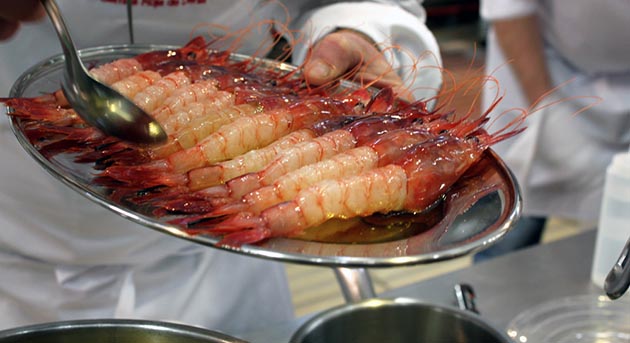
The areas where you can fish Dénia Red Prawns are very limited and are found in the Mediterranean Sea between the Cape of San Antonio and Ibiza. There is actually a rather unique marine trench in the seabed where the highest concentration of Dénia Red Prawns can be found. However, this shady habitat is over 600m deep so virtually no sunlight ever reaches it and as a result of the shrimp's main food source is algae that grow at this depth and as the algae can’t photosynthesise they are a much finer food source than those found at shallower depths. Additionally, the sea current follows the trench bringing fresh water through it permanently and as there are practically no predators in the trench, it allows the shrimps to grow to a large size and obtain a good weight.
Without doubt, the best place to buy Dénia Red Prawns is the Lonja at Dénia port. Every day there is a traditional auction where local restauranteurs and the general public bid on lots of seafood and fish arriving in on the fishing boats. However, if you are not up for an auction, the temple of the red prawn in the city is definitely the restaurant El Faralló found in the area of Dénia known as Las Rotas. Originally the restaurant was just a bar that drew customers from a nearby campground. Nowadays The Faralló has managed to become one of the gastronomic temples of Dénia and one of the most highly recommended restaurants to taste the Dénia Red prawn, a fantastic place to celebrate a special occasion.
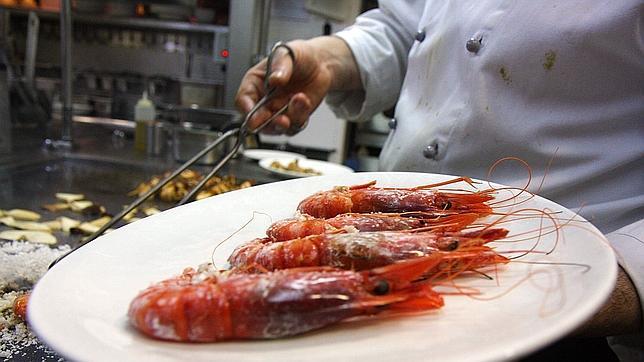
Dénia was recently recognised by UNESCO (the United Nation cultural organisation) as the town of origin for this special prawn launching it to international fame. So if you have never tried them and happen to be passing through Dénia, they are an absolute "must" to have on the agenda for any food lover.
Ver mapa más grande
 2
Like
Published at 3:36 PM Comments (0)
2
Like
Published at 3:36 PM Comments (0)
Whale Watching in Spain
Wednesday, March 8, 2023
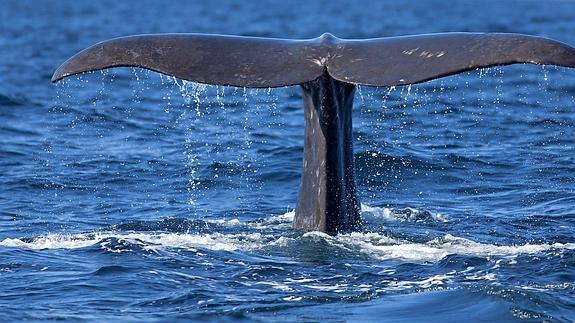
Argentina, Scotland, Canada, the Antarctica… and, Mazarrón! There are many destinations where you can spot large cetaceans such as whales, but none so near and so economically as on the coast of Murcia. From the harbour of Mazarrón itself you can lift the anchor of a yacht and sail away with the wind behind you, to spot these mammals. Although it is more common to see species such as the striped, Atlantic bottlenose and short-beaked common dolphins, if you are lucky, you may also see sperm whales or even fin whales. The adventure is even more attractive if you add the cuisine and wide range of leisure activities offered by the coast of Murcia. Irresistible.
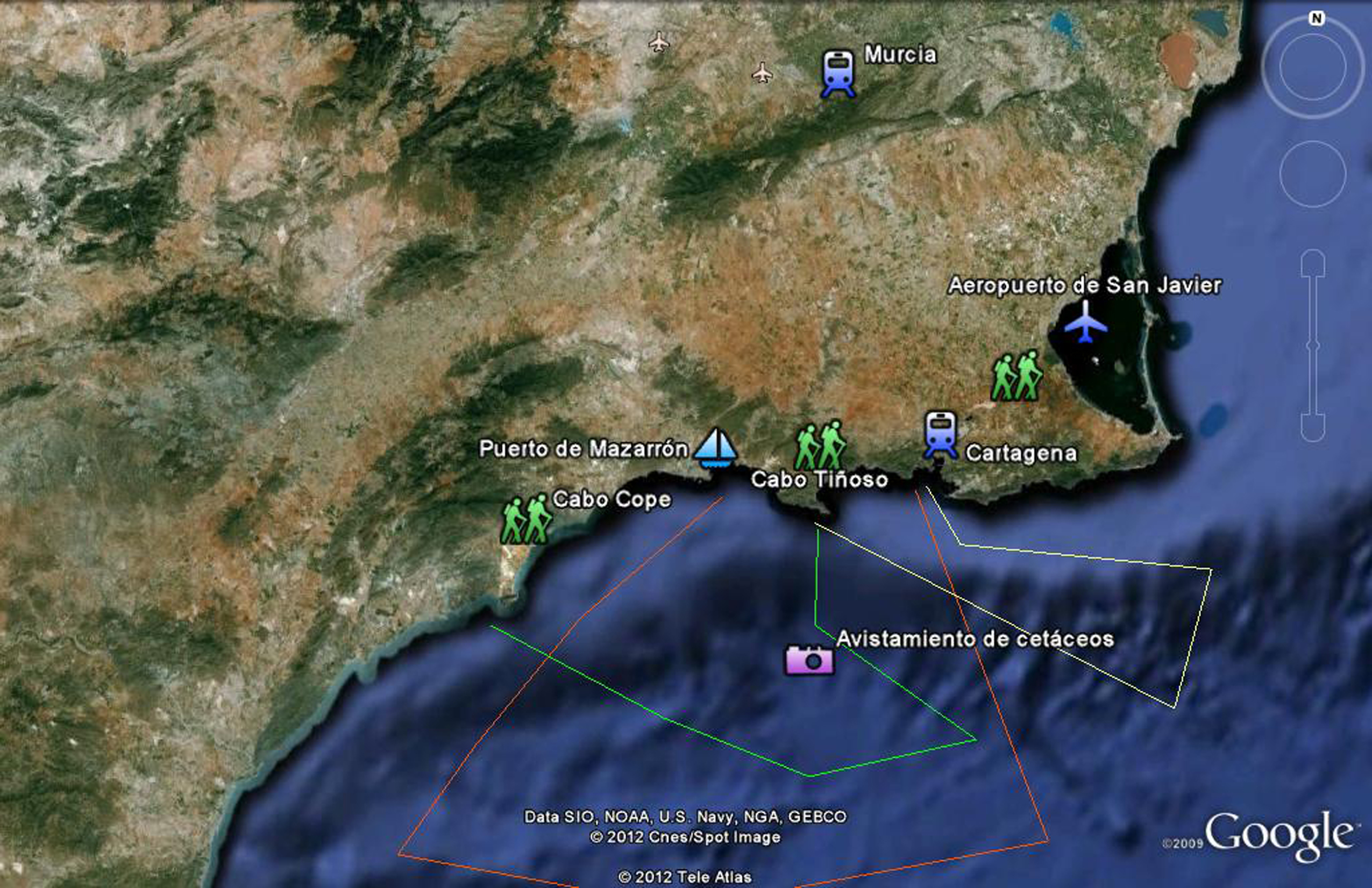
The coast of Murcia, Almería and Cadiz is one of the few places in Spain where it is still possible to feel the excitement of whale spotting. This is because there is practically no continental shelf in this area; in other words, the deep water (between 2,000 and 2,500 metres), which is precisely the habitat this marine species needs, is very near the coast. This, accompanied by a benign climate that guarantees smooth sailing is the perfect combination for converting the experience into a great marine adventure.
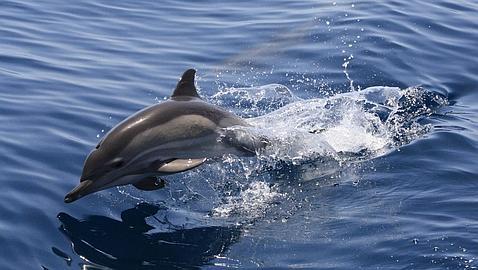
Your search for the kings of the sea can either start in the Port of Mazarrón or in Cartagena, where you can set sail towards deep water. Throughout the whole trip you need to keep your eyes glued to the horizon and, as time the animals appear, listen to the crew's explanations as though it were a biology class. You will probably see dolphins (the striped, Atlantic bottlenose and short-beaked common species) or long-finned pilot whales (which can grow to a length of between 4 and 6 metres) but if you are lucky, you might see large cetaceans such as sperm whales or fin whales along the way. The latter do not usually live in these waters but use them as a migration area, meaning they are slightly more difficult to spot. You will need to increase your camera memory when you watch the dolphins playing around the prow of the boat or spot the back of a sperm whale (which can measure between 15 and 18 metres) appear under the surface - a unique experience.
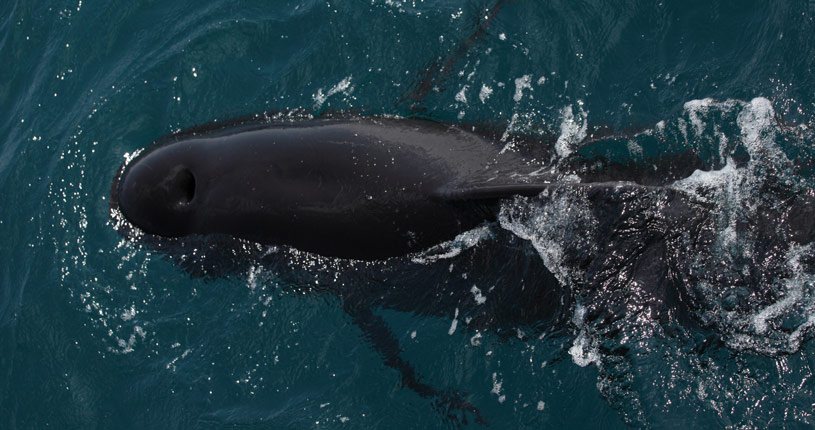
To experience this adventure, you can choose excursions of between one and several days, depending on your budget and how long you want to spend enjoying the sea. On the one-day trips you sail in search of the animals and return to port the same morning; whereas on the two to five-day trips, besides spotting whales, the boats anchor in dreamlike coves so that you can have a swim, rest or do water sports like snorkelling, diving or kayaking. The final touch of the trip is the boat itself: you can sail on a fantastic yacht, the Karyam, or on board an old, reconverted fishing boat, the Osprey II - each is as charming as each other.
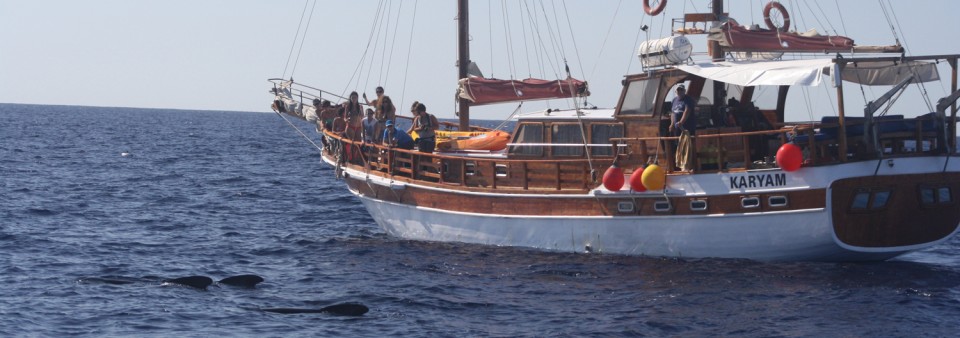
 17.57.40.png)

As if the excitement with the whale adventure were not enough, once you are back on dry land Cartagena and Mazarrón have a lot to offer you. While in the first town you can immerse yourself in its numerous history-filled nooks and crannies, such as the Púnica Wall or the Teatro Romano, in the second, you can enjoy fishing culture in the area by visiting, for example, the impressive fish market.
And since it is impossible to visit Murcia without trying its tasty seafood and vegetable-based cuisine, we suggest you end your trip with a culinary offering. Grouper from Mazarrón with potatoes and ajotomate (with sweet paprika and ground cumin), hake meatballs, Mazarrón-style migas (fried breadcrumbs with spicy sausage and bacon) or Bolnuevo torrijas (French toast) are just some of the area's irresistible specialities. You can try them at Restaurante Miramar in the Port of Mazarrón, will not let you down, especially if you want to try arroz a banda or grilled squid. If you prefer to eat in Cartagena, you can go to La Catedral in Plaza Condesa de Peralta, very near the harbour, where the cod in tomato and garlic mousseline au gratin are simply delicious.
If you are interested here is the link with more information :
http://www.cetaceosynavegacion.com
 0
Like
Published at 9:23 PM Comments (1)
0
Like
Published at 9:23 PM Comments (1)
Spam post or Abuse? Please let us know
|
|